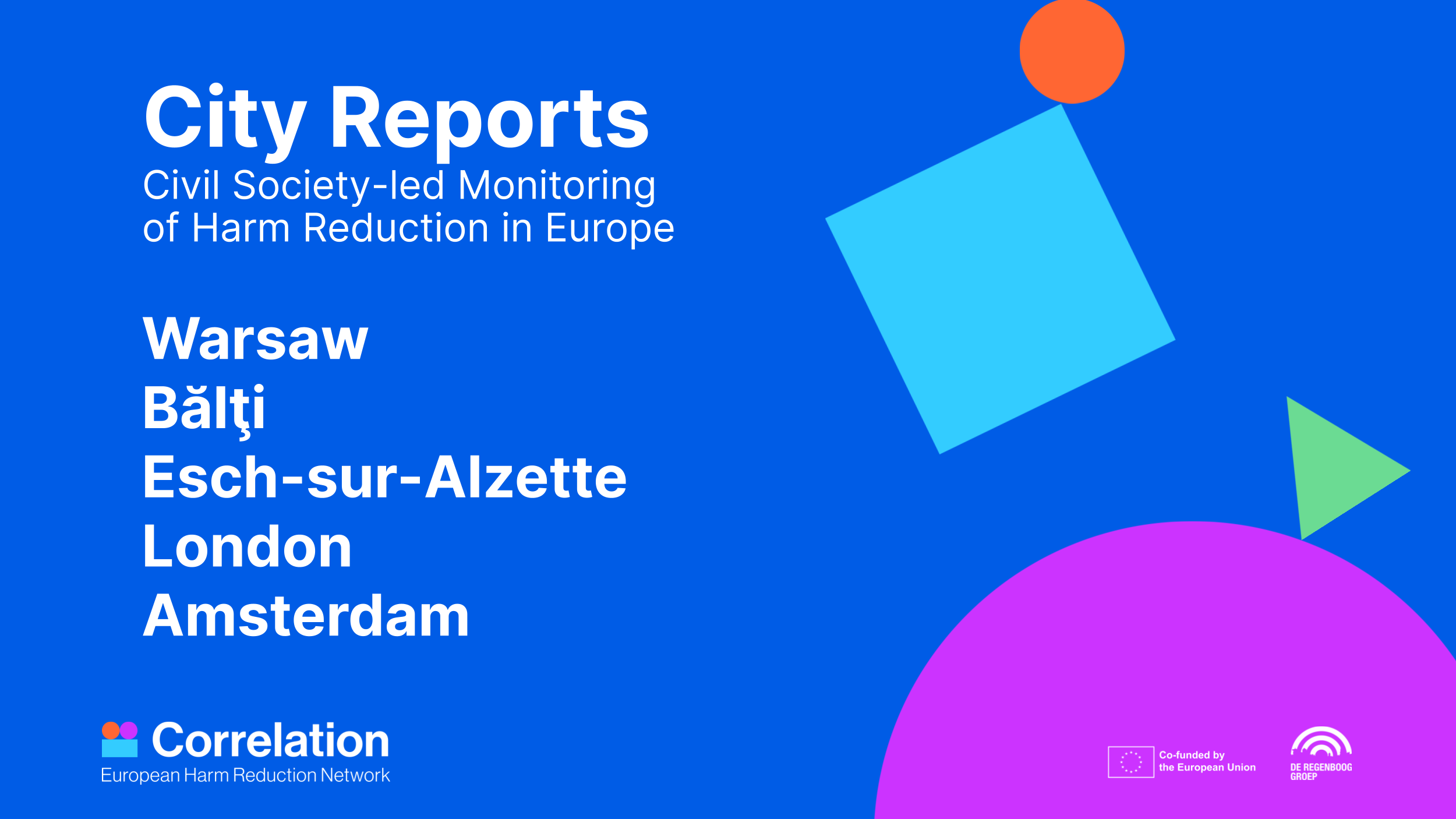
Multiple authors
“Viral hepatitis B and C are two deadly viruses whose burden is greater than HIV/AIDS and Tuberculosis combined.
According to the WHO Global Strategy from 2016, which builds on the UN Sustainable Development Goals (SDGs), viral hepatitis B and C can be eliminated by 2030. An effective vaccine exists for hepatitis B, and affordable, easy-to-administer, effective treatments are available for both hepatitis B and C. For hepatitis C, the cure rate is almost 98% and, in the absence of a vaccine, treatment in addition to the harm reduction measures serves also as prevention for virus transmission. Hepatitis B vaccination also prevents co-infection hepatotropic viruses, such as hepatitis D, which puts patients at risk.
However, the EU as a whole is not on track for elimination, leading to significant inequalities across Europe. This is nothing short of a tragedy for those infected, those at risk of becoming infected, their families, Europe’s health and social systems, and the economy. This tragedy can and must be prevented.
Read the ACHIEVE Call to Action for the new EU legislature 2024-2029 to find out more about the key obstacles to viral hepatitis B and C elimination, the EU mechanisms that exist and can help, and which actions the different actors (Member States, Stakeholders, European Commission and European Parliament) can take to eliminate viral hepatitis B and C in the EU/EEA.”
(Text originally published on ACHIEVE’s website)

Multiple authors


Multiple authors
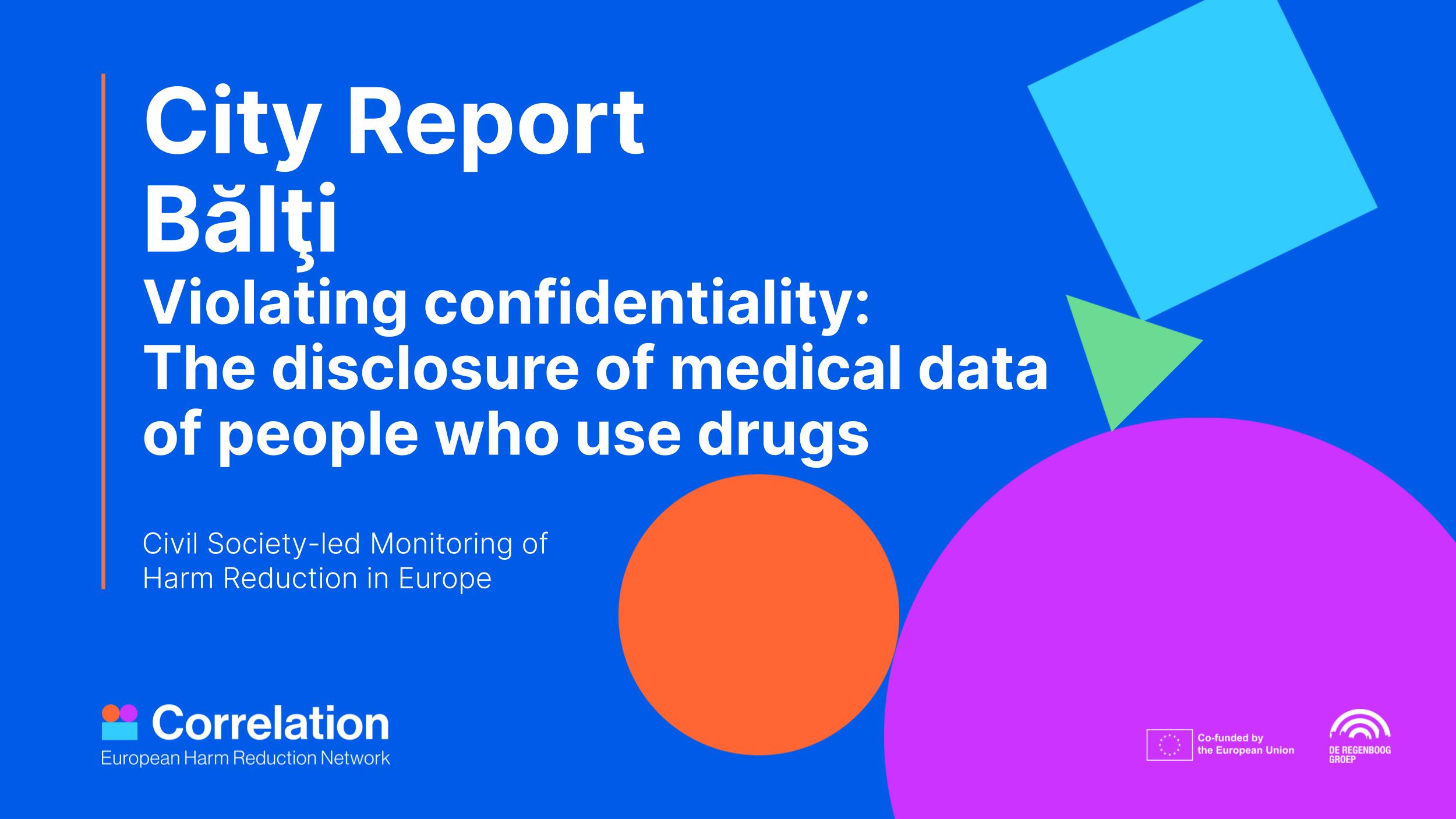
C-EHRN is proud and grateful to present its 2023 Network Report, providing a summarised version of the activities undertaken last year. In this document, we are looking back at a year full of tasks, challenges and opportunities.
Multiple authors
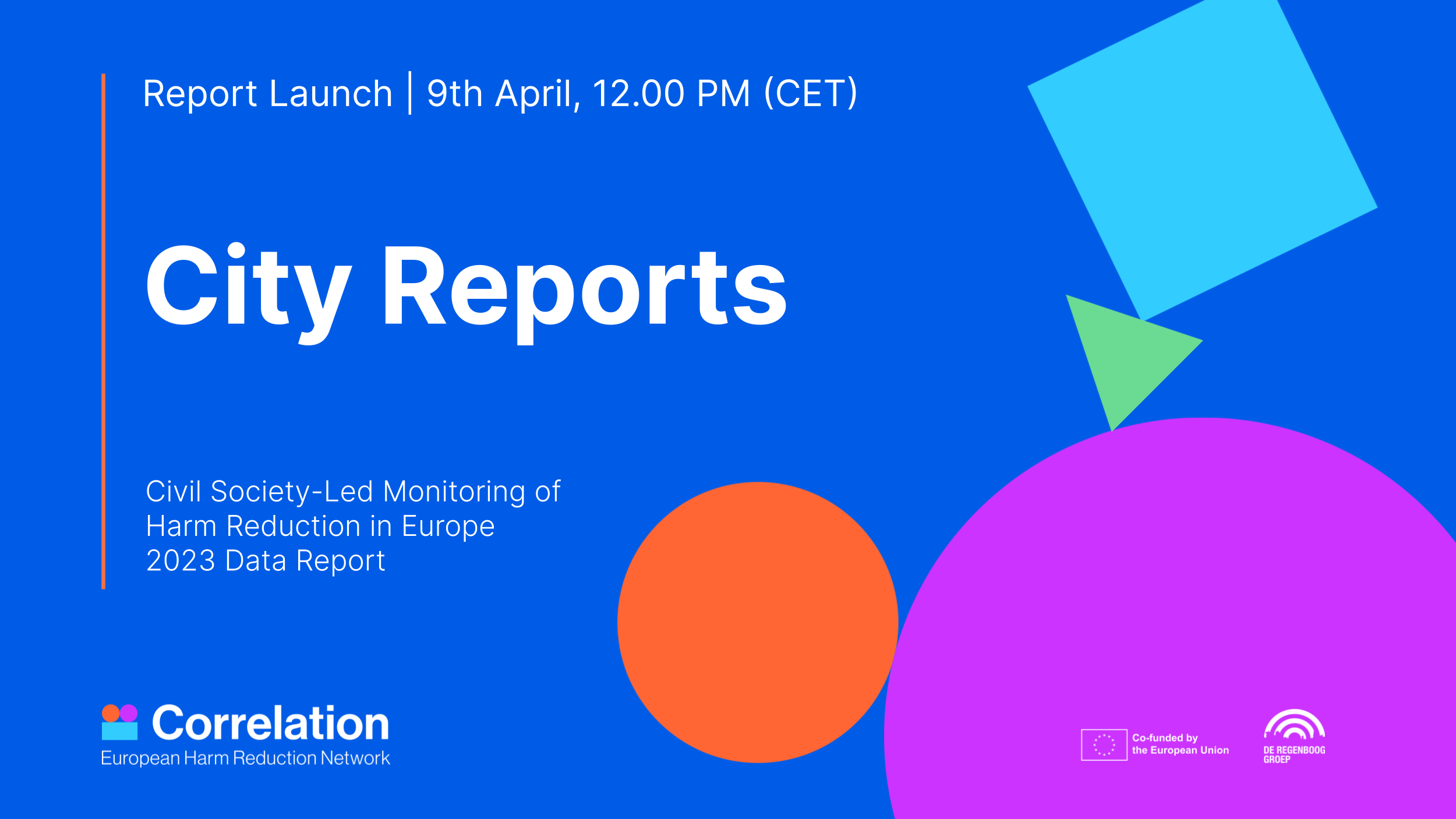
Multiple authors
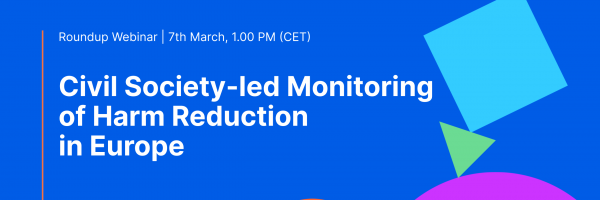
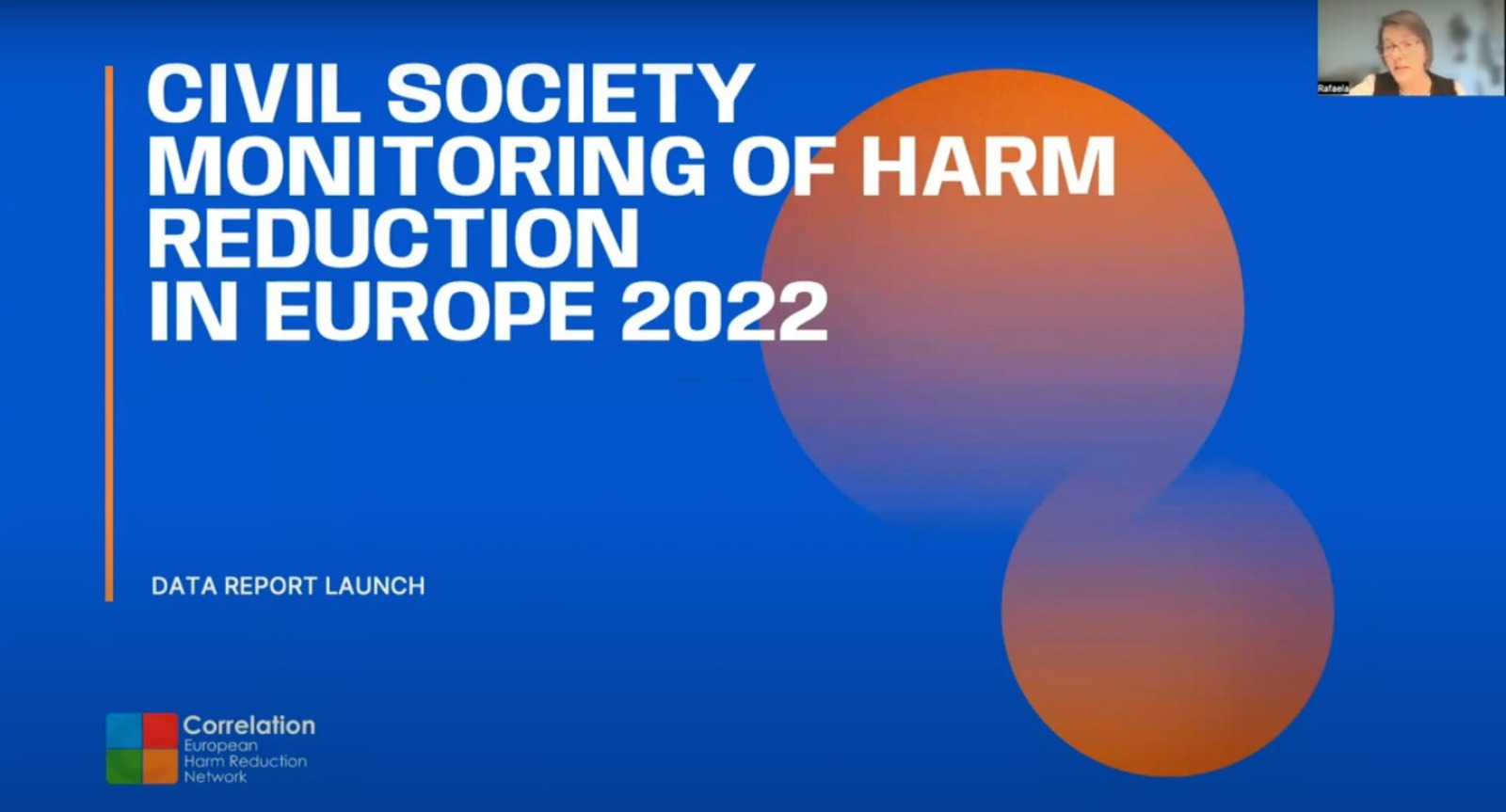

Multiple authors

Multiple authors